Three ways to support your change sponsor in effective communication
Photo by Pavan Trikutam on Unsplash
One of the things I’ve realized over the many years I’ve spent leading change is that being a change sponsor is actually a change for many operational leaders. Being asked to step into a change leadership role for the first time is daunting and can push many leaders out of their comfort zones.
And what happens when we feel uncomfortable?
We shy away from the things that make us feel that way. Many leaders I have worked with in this capacity are very uncomfortable talking about the change with their teams because they themselves don’t feel comfortable. They don’t have all the answers and it is a big departure from how they are used to leading.
We don’t always get a change sponsor who is ok with leading through ambiguity and speaking about it. What often happens in this scenario is that the change manager finds themselves at the forefront of the change and communicating to the organization! But we all know that organizational mobilization for change comes when people hear the most important change messages directly from leadership. Your role as a change manager is in planning, orchestrating, producing and writing! Rarely are we the ones at the forefront of change with a loudspeaker in our hands! Moreso, a great change leader works to set up sponsors and leadership for success.
I’ve often run into this issue myself and have always been able to side-step the expectation that I’m the one who will be delivering communications! If you’re running into this issue, here are three things I’ve done to support a sponsor with change communications.
1. Get clear on which messages you want delivered and when
I’ve often used this when sponsors tell me “I just don’t know what to say”. Breaking down key messages and showing what they will be saying at each phase of the change helps sponsors feel comfortable about speaking and communicating about change without necessarily having all of the information up front. I use a playbook approach rather than scripting. Scripting sounds contrived and inauthentic. I typically provide sponsors with the key messages in bullet points, and encourage them to say, write or deliver the message in their own words. This way it comes from them, in the way that they understand it, in their own voice, which is crucial to build trust and momentum with team members.
2. Help your sponsor plan when and where they will deliver key messages
I often use the rule of 7 to help sponsors understand how many times they will have to repeat themselves to have a message sink in and be understood by their audience. Many sponsors underestimate how often they will have to deliver key messages to their audience! Here is where planning is critical. Plan with your sponsor and identify, where and when they will deliver a key message to the same audience 7 times during each phase of change. Different message? Find 7 more ways to deliver it, rinse and repeat! Sponsors need to remember that they have been planning and thinking about change a lot more than their team members. Part of effective communication is understanding that your audience is behind you in their understanding about the change. So as a sponsor, you’ve got to give them a chance to hear, think, internalize and catch up with you!
3. Get over the idea that “messages cascade”
This is one of the old organizational ideas that if a leader says something in a public organizational forum, that the message will naturally travel through the organization because good-natured managers will of course, talk about it with their teams!
Nothing could be further from the truth.
Help your sponsor understand that it is their role to be communicating consistently and effectively about the change, but that you, as the change manager, are also responsible for helping communications flow throughout the organization. Sponsors need to let go of the assumption that the rumor mill is going to work the way they want it do (it doesn’t), and you need to help them focus on how they play a role in delivering effective communications.
By the time that the change is implemented, people should view the messaging as “old news” and be somewhat tired of hearing about it! Supporting your sponsor in these three important ways, and running a comprehensive communications strategy at all other levels of the organization, you’ll be well on your way to a successful change implementation.
If you liked this post, you’ll find more from us in our monthly Navigator Newsletter. We share exclusive content and free resources with our subscribers. Don’t miss out, sign up today!
We also have a weekly podcast - Listen to the Change Course podcast on your favourite podcast app!

